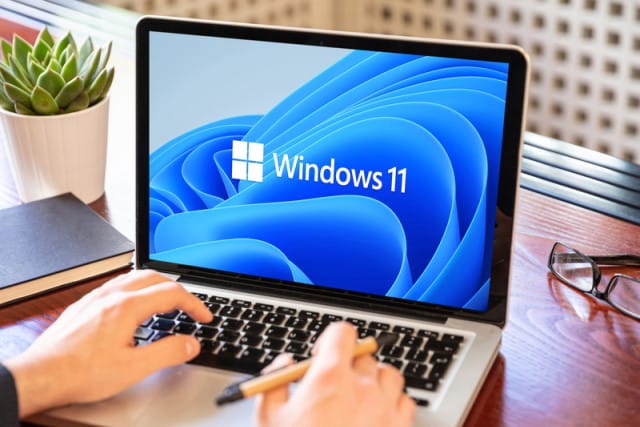Microsoft even requires TPM 2.0 for Windows 11 virtual machines

If you were hoping to get around Windows 11’s TPM 2.0 requirement by running the operating system in a virtual machine, you're out of luck. People attempting to update to Windows 11 Insider Preview Build 22000.194 in a virtual machine will have noticed a message warning them that "this PC does not currently meet Windows 11 system requirements".
More specifically, the message goes on to explain that "the PC must support TPM 2.0". But, as have been the case on more than one occasion with Windows 11 system requirements, confusion abound thanks to Microsoft's mixed messaging.
See also:
- PowerToys is now available to download from the Microsoft Store for Window 11
- Microsoft opens up about Windows 11 on Apple M1 chips
- Microsoft explains how to enable TPM 2.0 for Windows 11
In the release notes for this latest preview build, Microsoft says: "This build includes a change that aligns the enforcement of the Windows 11 system requirements on Virtual Machines (VMs) to be the same as it is for physical PCs. Previously created VMs running Insider Preview builds may not update to the latest preview builds. In Hyper-V, VMs need to be created as a Generation 2 VM".
However, as noted by the Register, a PDF of hardware requirements from Microsoft states:
Microsoft recognizes that the user experience when running the Windows 11 in virtualized environments may vary from the experience when running non-virtualized. So, while Microsoft recommends that all virtualized instances of the Windows 11 follow the same minimum hardware requirements as described in Section 1.2, the Windows 11 does not apply the hardware-compliance check for virtualized instances either during setup or upgrade. Note that, if the virtualized environment is provisioned such that it does not meet the minimum requirements, this will have an impact to aspects of the user experience when running the OS in the virtualized environment.
This is clearly at odds with the release notes for the latest preview build, but this particular document is dated June. So, it could be the case that Microsoft has changed its mind, or it might be that one department of the company has failed to speak to another.
We are awaiting clarification from Microsoft.
Image credit: rawf8 / Shutterstock
